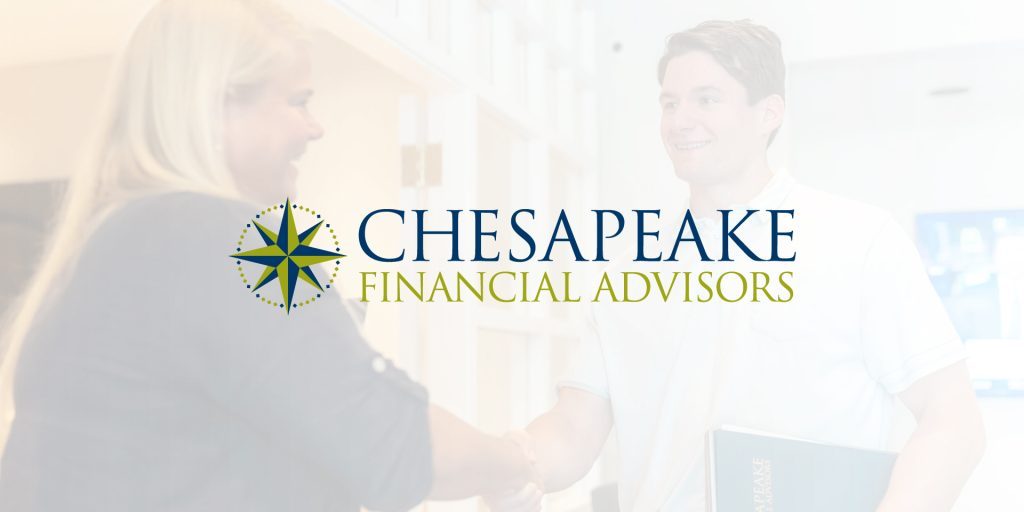What You Need to Know About Student Loan Debt

Student loan debt. Three words that strike fear into new graduates and parents everywhere. There are ways, however, to make the repayment of student loans more manageable. You may be surprised to learn that Income Driven Repayment Plans (IDR Plans) and loan forgiveness opportunities were created with you in mind. The only problem? You must learn how to properly take advantage of these complex rules.
Student borrowers may repay their student loans through one of the several repayment plans:
– Standard Repayment Plan
– Graduated Repayment Plan
– Extended Repayment Plan
– Income Contingent Repayment Plan
– Income Based Repayment Plan
– New Income Based Repayment Plan
– Pay As You Earn Repayment Plan
– Revised Pay As You Earn Repayment Plan
Consolidation
Simplify repayment of your student loan(s) by reducing the number of lenders/servicers. Another option is to lengthen the repayment period to reduce monthly payment on federal student loan debt.
Consolidation vs. Refinancing
Federal loans cannot be refinanced through the Department of Education. Compounding matters, refinanced federal student loans lose eligibility for forgiveness, income payment plans, etc.
Discharge or cancellation of a student loan(s) is the release of a borrower from their obligations to repay their student loans. Discharge is more likely if the financial difficulty was due to circumstances beyond the borrower’s control or the academic institution was a private for-profit school that either lost accreditation or had unethical means of enrolling students
Some qualifying scenarios include:
- Closed School
If college closed while you were attending up to 120 days after withdrawal - Unpaid Refund
If you withdrew and the college owed a refund but never returned the funds to the lender - Death
If the borrower (or the student for whom a parent borrowed a Parent PLUS loan) dies - Total and Permanent Disability
If a doctor certifies that the borrower is a totally and permanently disabled, social security administration deems you disabled, or if a veteran is unemployable due to a service connected condition - False Certification
Disqualifying Status (if the college improperly certified your ability to benefit from higher education)
Unauthorized Signature (Identity Theft)
Public Service Loan Forgiveness was established to encourage individuals to enter and continue in full-time public service employment by forgiving the outstanding balance on an eligible Direct Loan if the borrower:
– Is not in default
– Makes 120 separate, full monthly payments, within 15 days of the due date, after October 1, 2007 under one or more specified repayment plans
– Is employed full-time at a public service organization while making the 120 required payments, when requesting forgiveness, and when forgiveness is granted
Eligible public service includes:
– Service in a position in AmeriCorps or the Peace Corps
– Local, State, Federal or Tribal government position (excluding time served as a member of the U.S. Congress)
– Employment, in any position, by any other public service organization
– Goverment Agency or Jurisdiction somewhere in the US
– 501 (c)(3) organization exempt from taxation
– Other qualifying private nonprofit that provides public service
Employment must meet the definition of “full-time” -which generally means the borrower is working an average of at least 30 hours per week or the number of hours the employer considers full time
Counseling Dilemma
For Profit vs. Non Profit Counseling
For-profit companies charge up to $1,000 for student loan assistance and focus on consolidation. Their unethical misrepresentations have created a stigma for student loan counseling.
There is a non-profit initiative to train and certify qualified student loan counselors who focus on navigation of the confusing student loan landscape and look at ALL possible solutions along with full financial assessment.